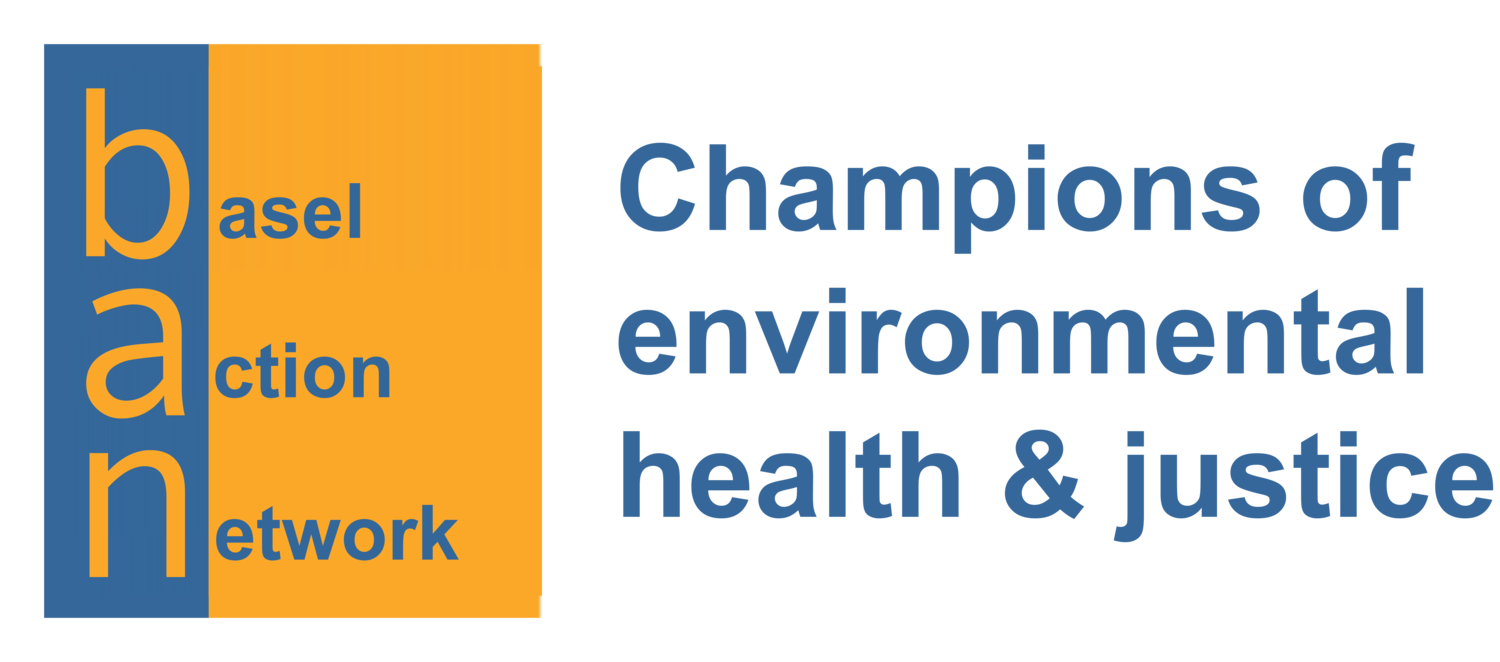At long last, Thor’s poisonous mercury is getting cleaned up
/Thor factory. Photo: Steve McCurrach Bateleurs Flying fort the Environment
By Tony Carnie on April 17, 2021, Source: Daily Maverick
Workers at a mercury recovery plant near Cato Ridge suffered and died. Despite a commission of inquiry, it has taken three decades to get the huge pile of toxic waste dealt with.
First published in the Daily Maverick 168 weekly newspaper.
It has been nearly 30 years since several emaciated chemical workers died in hospital after being exposed to poisonous mercury fumes and sludges near the small KwaZulu-Natal town of Cato Ridge, at an abandoned factory that holds one of the country’s largest stockpiles of toxic waste.
A British-based multinational group has finally agreed to cough up nearly R174-million to ship several thousands of tonnes of this deadly waste from the old Thor Chemicals factory to Switzerland for treatment.
The waste will be shipped to Batrec Industries near the town of Wimmis, one of the few facilities in the world equipped to deal with this waste.
During the early 1990s at least four Thor Chemicals’ workers died and several more were maimed or disabled from being exposed to powerful toxins that damage the brain and nervous system. Scientists had rung the alarm bells several years earlier after finding grossly deformed tadpoles close to the factory, along with high levels of mercury in the surrounding soil, groundwater and streams.
The mercury “recovery” factory (located in the catchment area of Durban’s largest freshwater source, Inanda Dam) was finally closed by government in 1991. But nearly 20 years later, fishing was banned temporarily at Inanda and surrounding rural communities were also warned not to eat locally grown vegetables because of evidence of mercury contamination in the upper reaches of the dam’s food chain.
At the time, government officials said tests on drinking water at Inanda (about 30km from Thor) showed no level of danger for the general public and there was “no reason to panic”. Nevertheless, a previous study by the SA Medical Research Council found evidence of higher-than-normal mercury levels in several people living around the dam, and 50% of fish samples from the dam were polluted with mercury at levels above the safe eating limits recommended by the World Health Organization.
Although the source of the water contamination remains unclear, the council and other researchers pointed to Thor Chemicals as one of the most likely sources. A separate company, Hebox Textiles, is known to have used mercury to treat SA military tents in the 1980s, with its wastewater routed to the Hammarsdale water treatment works. The nearby Assmang factory (directly opposite Thor) also stored large stockpiles of mining ore and coal waste that may have contained mercury.
Now a new clean-up operation is under way at Cato Ridge after continued pressure on government by the environmental watchdog groups groundWork and Earthlife Africa.
DM168 flew over the site on 13 April with pilot Steve McCurrach, a director of the Bateleurs Flying for the Environment volunteer organisation, which assists researchers, media and conservation groups to undertake aerial reconnaissance inspections at no cost around environmental hot spots.
Several workers in white hazardous chemical suits were seen working next to a large plastic-covered waste pit, while thousands of metal and plastic drums (many of which appeared to be severely rusted or damaged by fire) lay piled up in the open or stashed inside the old factory warehouses.
Last month, in response to written questions in Parliament, Environment Minister Barbara Creecy confirmed that just over 1,000 tonnes of waste had been removed so far in 57 sea-freight containers.


